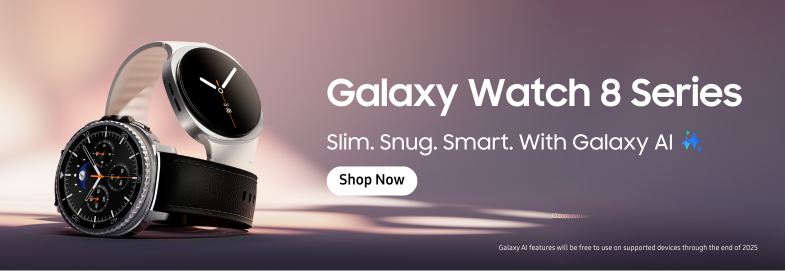Have We Been Sleeping Well? Samsung’s Global Sleep Health Study Answers the Age-Old Question
10/25/2023
Today, more and more are prioritizing sleep as it relates to health. The growing interest in sleep is clear from recent trends observed with the Samsung Health app. Over the past two years, there has been a 182% increase1 in the number of users who actively tracked sleep2 at least once a week for a year. Yet despite this, the question remains: have we been sleeping well?
Samsung set out to answer this question by conducting one of the largest single sleep health studies3 ever undertaken – analyzing 716 million nights of sleep behaviors from Samsung Health users worldwide. Though interest in personal sleep health has been skyrocketing, the unfortunate reality is that the quality of sleep people get each night is, in fact, declining. The world is facing a sleep dilemma.
The World Sleeps Less — and Less Efficiently
Across the globe, average sleep duration has fallen from 7 hours and 3 minutes to 6 hours and 59 minutes globally — slipping below the essential 7-hour threshold recommended by the National Sleep Foundation. (Chart 1)
Another concerning aspect is the increase in awake time during sleep, leading to a decline in sleep efficiency – a key factor in sleep quality that is tracked by calculating the ratio of actual time asleep to the total time spent in bed each night.

This pattern was not isolated to any specific demographic or region. There was a reported decrease in sleep duration and efficiency across all sexes, age groups and regions studied:
- Though sleep efficiency continues to trend downward for males, females experienced the most notable decreases over the past year. (Chart 2)
- Older demographics showed a greater decline in sleep efficiency. Notably, individuals aged over 70 experienced a decline nearly twice as much as that observed in those in their 20s. (Chart 3)
- North America witnessed the greatest decrease in sleep efficiency, while Asia maintained the lowest. (Chart 4)
- Outside of Europe and North America, all other regions had less than seven hours of sleep duration. (Chart 4)


Sleep Debt Highly Impacting Younger People
Inconsistent sleep patterns also impact sleep quality. Sleep debt — a measure of sleep inconsistency that indexes the gap between the amount of sleep during weekdays and weekends — also negatively contributes to global sleep issues.
Sleep debt is highest among the young — those in their 20s had nearly double the sleep debt of those in their 70s: 49 minutes versus 29 minutes, respectively. (Chart 5) By region, Asia had the shortest sleep debt at 41 minutes whereas Latin America had the longest at 47 minutes. Globally, people are sleeping an extra 44 minutes on the weekends on average. (Chart 6)

Counting Penguins, Not Counting Sheep
In an effort to gain deeper insight into prevalent global sleep patterns, Samsung set out to analyze and categorize various types of sleepers into Sleep Animals.4 Each of the eight Sleep Animals represents a distinct sleep pattern with unique characteristics related to sleep duration, consistency, and awake time – all of which collectively influence sleep quality. (Chart 7)
Interestingly, the majority of individuals worldwide identified most closely with the sleep styles of “Nervous Penguins” comprising of one-third of participants. They maintain healthy circadian rhythms yet frequently experience interruptions during sleep, contributing to diminished sleep efficiency. This pattern aligns with the downward trend observed over the past year. (Chart 8)








